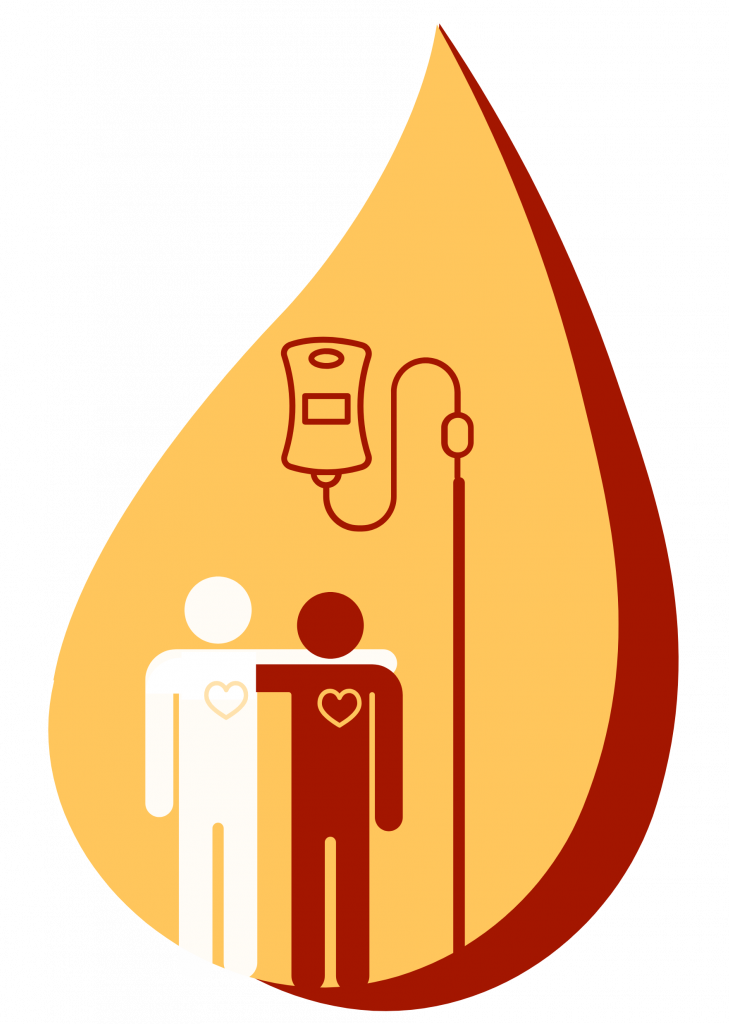If I’m Trans Nonbinary or Gender Diver
Canadian Blood Services acknowledges that there is a lot of work that needs to be done in order to make donation a safer experience for trans, nonbinary, two-spirit, and other gender diverse folks. Until this work is done, we can’t confidently say that you will have a positive donation experience.
If I’m Trans, Nonbinary or Gender Diverse
Registration and Screening Policies for Trans, Nonbinary, and Genderqueer Folks
Screening policies for trans, enby, and gender diverse folks have changed as of September 11, 2022.
While it’s better than it was, there is still lots of work to be done.
Screening can be a major source of anxiety for donors. Below we have included details about the registration and screening process below for those who are interested in finding out more. We want to caution that reading the following may be upsetting or cause readers to feel dysphoric.
Donors are able to register in their actual gender, not what they were assigned at birth.
However, nonbinary options are currently unavailable, donors must register as men or women. (CBS has said that they’re working to change this.)
There are two steps in the donation process where gender is asked about:
- Registration: When a potential donor arrives at Canadian Blood Services, they are registered by a staff at the front desk. At this point, the staff uses the gender that is listed on the donor’s driver’s license, or other ID.
- Screening: After the donor is registered, they go to a private screening booth. The screening staff verbally asks follow up questions about the answers that the donor gave to the written questions (also known as the Donor Questionnaire).
The official Canadian Blood Services policy for screening trans donors is this:
As of September 11, 2022, trans people who identify as male or female are no longer asked whether they have had lower gender-affirming surgery. They are registered in their gender. Nonbinary people must still register on the binary.
Nonbinary folks who have not had lower genital gender-affirming surgery would likely be registered and screened in the sex assigned to them at birth. Currently the only options when registering a donor are M or F. As ridiculous as it is – this is because those are the only options that Canadian Blood Services’ computer system is designed to handle. Canadian Blood Services has said publicly that this is an issue that will need to be addressed by updating the computer system.
Question about Pregnancy, Miscarriage & Abortion
People registered as female will be asked about a history of pregnancy in the last 6 months. Donors registered as female will also be asked about a history of pregnancy, abortion, and miscarriage (the question in the Donor Questionnaire is “Have you ever been pregnant, miscarried or had an abortion?”). These questions are asked to prevent transfusion-related acute lung injury (TRALI), which is a very serious transfusion reaction that can make patients who receive a transfusion very sick.
Research
There are a few currently ongoing research projects that are working to understand donation impacts for gender diverse people.
Here is info about a research study that is focusing on donation impacts for gay, bi, men who have sex with men, and trans and gender diverse donors: Awareness and understanding of apheresis plasma donation and effectiveness of alternative donor screening questions for diverse gbMSM and trans populations.
The Trans PULSE Canada project is doing research around a wide range of issues affecting trans people and communities.
A research study aimed at understanding the experiences of trans, non-binary, and gender diverse donors is in the early stages. The goal of this research project is to develop recommendations for Canadian Blood Services to improve the donation experiences of gender diverse donors. This work is being led by two of our Canadian Blood Services collaborators (Mx. Terrie Foster and Don Lapierre) as well as Dr. Jennie Haw from Canadian Blood Services and Dr. Aaron Devor, Chair of Transgender Studies at the Univerity of Victoria. The study is also led by a community advisory group of trans, non-binary, and gender diverse people. To learn more about this study email Terrie at terrie.foster@blood.ca.
If you’d like more information on Canadian Blood Services’ current screening criteria for trans people, see here.
You can also see here for the summary report from a meeting Canadian Blood Services held in 2016 where they consulted trans and non-binary communities on how to make donor eligibility screening safe.
Policy in the US
As of 2015, the FDA recommended that donors in the US be screened as their self-identified binary gender. Canada does not yet use these screening criteria. Yes, you read that right. The US has a more progressive policy than Canada. Don’t get too excited though – what happens in practice can be different than the guidelines. Blood operators in the US may not allow trans, NB, and gender diverse donors to donate, full stop. There is also a wide variation in how trans donors are screened in the US, and folks may be screened based on the sex assigned to them at birth. There was no evidence given about how the FDA decided on these guidelines, and no criteria were given about how to screen nonbinary donors. In short, that’s all we know about it at this point in time.
